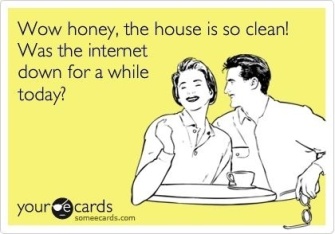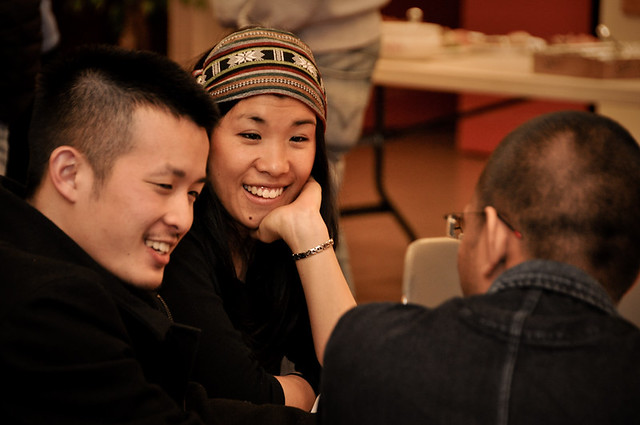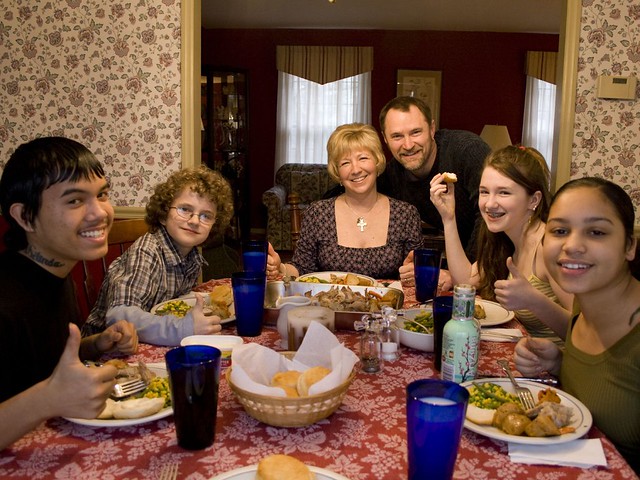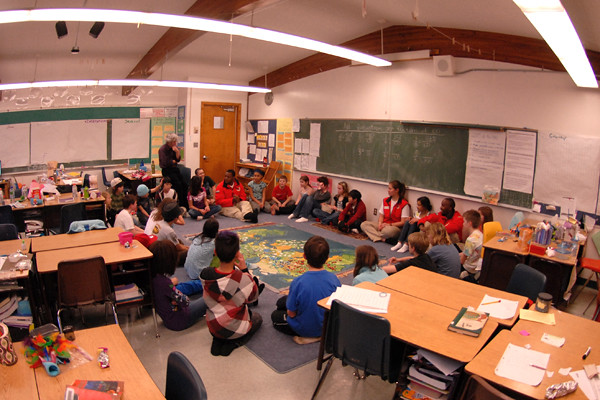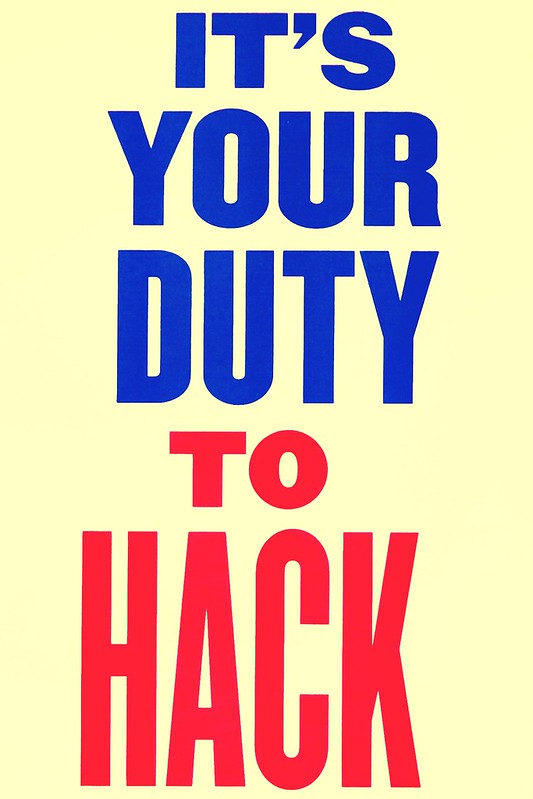Technology is a constant. It is always on, always demanding that we pay attention.
This week’s focus is on mindfulness. How much do I pay attention to what I am doing online? How does it impact my relationships? How does the amount of time I spend online affect the state of my house?
A year offline, what I have learned
Paul Miller gave a TED Talk where he described his year without the internet. He gave up texting and the internet and decided to focus on the things that mattered to him. Two questions that led him to his decision were,
- How does the internet use me, and how do I use the internet?
- At what point are my decisions and goals dictating my behavior on the internet, and at what point are the apps and the people and the processes … dictating and changing my behavior?”
These are great questions. Since we are the ones who navigate, we think that we are the ones dictating what happens. But wait, if that we true, then sites would not have trackers to see where we have been and what they can offer us. Am I choosing what to do, or is another influencing my decisions?
In his quest to leave the internet behind, Paul soon found that he experienced complete freedom, and complete, excruciating, boredom. This allowed him to try to fill his time and he found that his solitude led to creativity, less drain led to emotional availability, and face-to-face conversations with friends and family led to improved relationships.
Photo CC – by Todd Fong
He also found that he spent the whole year on himself. Leaving the internet did not fix his problems. So he decided that he wanted to spend time focusing on others, caring for them. He had to find a balance. Find where the priority was and focus on that.
So Paul Miller did. He spent time with family, posted what he did on the internet, and found that he was able to choose to focus on others.
Social Experiment
One school in San Francisco asked their students to leave their devices and the internet behind for three days. The teachers did not actually expect kids to keep away from technology for three days, but they did want kids to become more cognizant of how technology intruded on other areas of student’s lives that they were unaware of.
So, what happens when teens try to disconnect from technology for three days?
They lived through it, though some did cheat and go back to their devices a little early. The students did see a difference in how they spent their time. Homework that used to take 5 hours a night, now only took 1½ without the distraction of the internet. Since answers to questions could not be Googled, students had to ask their parents for help. This led to kids having conversations with their parents.
Photo CC – by Bo Gordy-Stith
How do I become more mindful?
In both situations the individuals went back to using technology on a daily basis. They hopefully were more aware of what they were doing online, and made an effort to say emotionally connected to people.
I don’t necessarily want to go on an internet fast, but I do want to be mindful of how I am spending my time. I want to make sure that, like Paul Miller, I have goals and decisions that are dictating my behavior on the internet. I do not want the internet to dictate to me what my goals and decisions should consist of.
In an article called Simplify the Internet the author makes the point that simplifying is about making choices about what will I share, and what am I willing to let go of. It is all about choices. Some great tips are presented to simplify use of social media, reading online, and email.
. . .
Am I accomplishing the things I want to when I search on the internet, or am I just being distracted by it?
It’s is time to think about mindfulness. And the state of my house.
